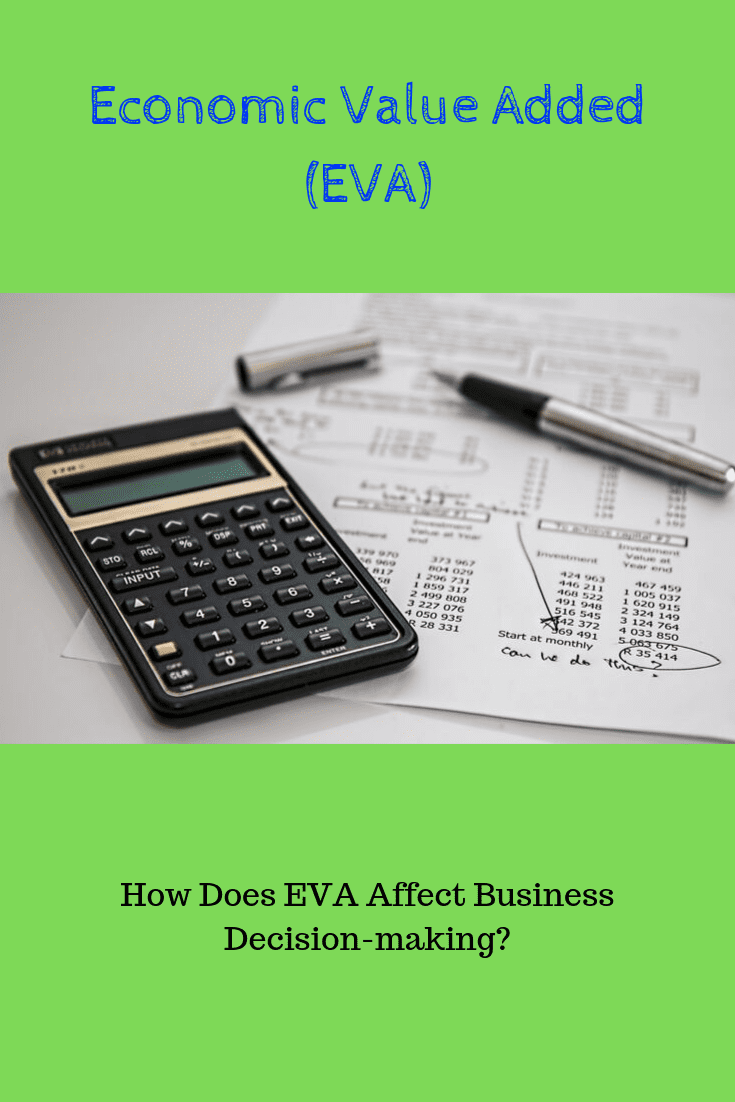Deciding to invest in a new business project is not as simple as having the required capital to take on the venture. Companies analyze the expected profitability of any new investment prospects to determine which to move forward with and which are not in the company’s best interest. Financially, there is more than one way to figure out the profitability of a new project, so we need to utilize the one that makes the most sense for the individual situation. One commonly misunderstood valuation method is known as the economic value added (EVA) formula for an investment or capital expenditure.
What is Economic Value Added (EVA)?
Economic value added aims to find the incremental return on invested capital from a project exceeding the profits minus operating costs realized from the project. EVA is a financial performance metric that goes beyond the traditional accounting profit calculations to gain a better understanding of how an investment will affect the company’s operations overall.
What’s the Difference Between Economic Value Added and Accounting Profit?
The accounting profit of a capital investment project looks at the decision in a vacuum, increased revenue minus added expenses, to gauge the profit margin of the project. The biggest drawback to this evaluation method is that it neglects the financing structure or cost of capital.
Accounting profit provides a quick and easy view of the profitability for a particular investment but can be very over-simplified when used for complex decision-making with multiple variables to consider. Economic value added expands the profitability analysis to include surplus or deficit return on the invested capital.
How to Calculate EVA
According to a text produced by the CFA Institute, “economic value added is computed as
EVA = NOPAT – (C% x TC)
where NOPAT is the company’s net operating profit after taxes, C% is the cost of capital, and TC is total capital (Pinto, Henry, Robinson, & Stowe, 2015).” Calculating EVA results in a positive or negative percentage value, indicating the residual income created or destroyed, respectively.
How Does EVA Affect Business Decision-making?
Managers are responsible for creating wealth for their shareholders and efficiently allocating capital to investments that most effectively utilize resources. Knowing what the EVA of an investment is will supply the decision-makers of an organization with a proper way to accurately compare opportunities presented to them. “If the firm generates a positive EVA, its management has created value for its shareholders. If the EVA is negative, management has destroyed shareholder value (Brigham & Ehrhardt, 2017).”
Enjoyed the read? Subscribe to my blog and spread the word by sharing this article with your circles!
I’d love to hear your take on the subjects we’ve covered in this post. Drop a comment or question below. Let’s keep this conversation going!
Sources
Pinto, J., Henry, E., Robinson, T., & Stowe, J. (2015). Equity Asset Valuation. Wiley.
Brigham, E. F., & Ehrhardt, M. C. (2017). Corporate Finance: A Focused Approach, Sixth Edition. Cengage Learning.



Great post!
Thanks Aleigh!